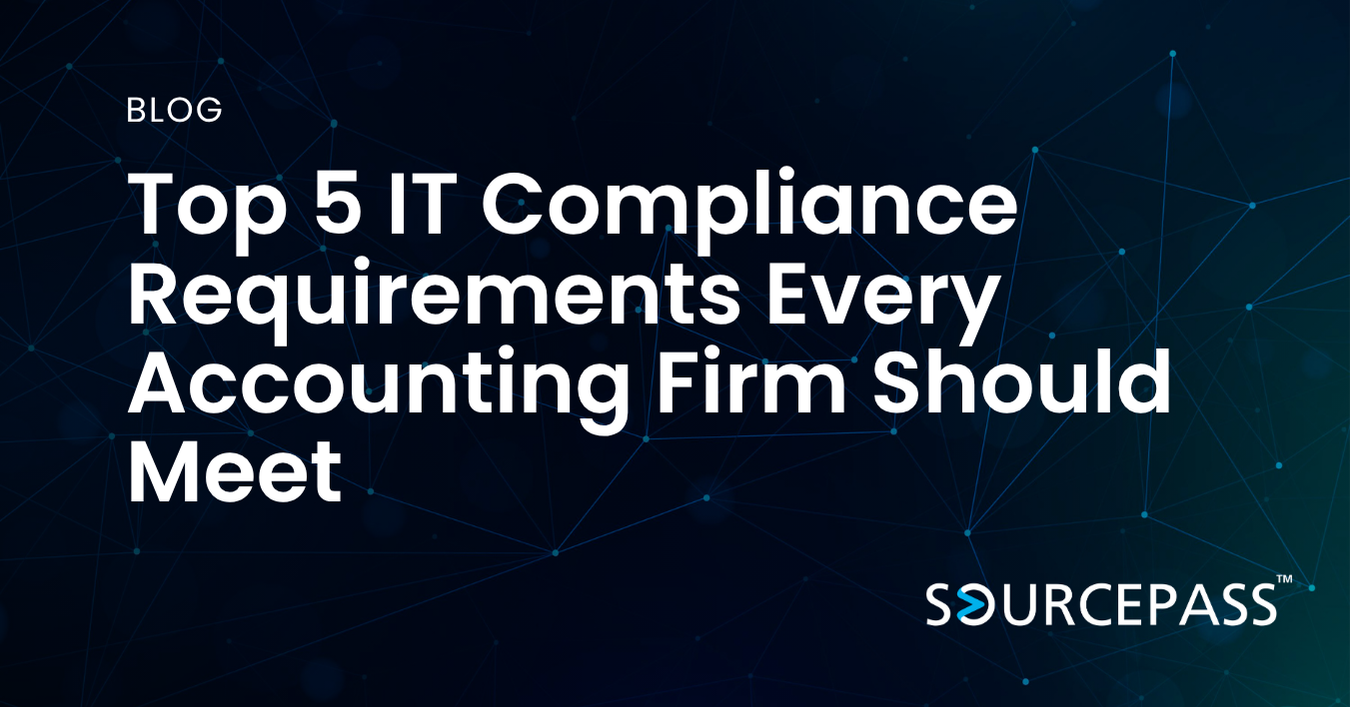What's the Difference Between MDR, EDR, and XDR?
May 21, 2025 Alex Davis Security & Compliance 2 min read



Today, businesses must stay ahead of threats to protect their valuable data and systems. With the increasing complexity of cyberattacks, traditional security measures are often insufficient. This has led to the development of advanced detection and response solutions: Managed Detection and Response (MDR), Endpoint Detection and Response (EDR), and Extended Detection and Response (XDR). Understanding the differences between these technologies is crucial for selecting the right solution for your business. In this blog, we explore MDR, EDR, and XDR, their key features, and the value they bring to cybersecurity.
What is Endpoint Detection and Response (EDR)?
Endpoint Detection and Response (EDR) is a cybersecurity solution focused on monitoring and responding to suspicious activity on endpoints, such as laptops, servers, and mobile devices. EDR tools continuously capture and analyze endpoint activity, providing real-time visibility into the health of all endpoints.
This allows security teams to detect anomalous behavior, alert the information security team to events, and provide remediation suggestions to stop an attack in progress or limit its spread.
Key Features of EDR:
- Endpoint Monitoring and Event Recording: EDR tools continuously monitor endpoint activities and record events, enabling detailed analysis and threat hunting.
- Data Search and Investigation: Security teams can search and investigate data to identify potential threats and vulnerabilities.
- Alert Triage and Validation: EDR solutions prioritize and validate alerts, helping security teams focus on the most critical issues.
- Suspicious Activity Detection: EDR tools detect suspicious activities and provide actionable intelligence to support response efforts.
- Remediation Capabilities: EDR solutions offer remediation capabilities to isolate infected devices and prevent the spread of malware.
What is Managed Detection and Response (MDR)?
Managed Detection and Response (MDR) is a service that combines advanced technology with skilled professionals to deliver real-time monitoring, threat detection, analysis, and rapid response to cyber threats.
MDR services manage endpoint security technologies for businesses, including EDR, and provide continuous monitoring, threat hunting, and guided response.
Key Features of MDR:
- Continuous Monitoring: MDR services offer 24/7 monitoring of networks and endpoints, ensuring that threats are detected and addressed promptly.
- Threat Hunting: Skilled professionals actively hunt for threats within the network, identifying and mitigating risks before they cause damage.
- Prioritization of Threats and Alerts: MDR services prioritize threats and alerts, helping businesses focus on the most critical issues.
- Managed Investigation Services: MDR providers conduct thorough investigations of suspicious activities and provide detailed reports.
- Guided Response and Remediation: MDR services offer guided response and remediation, helping businesses quickly and effectively address threats.
What is Extended Detection and Response (XDR)?
Extended Detection and Response (XDR) is an advanced cybersecurity solution that integrates data from multiple security tools to provide a comprehensive view of threats across an business's entire infrastructure.
XDR platforms collect and correlate data from endpoints, networks, and cloud environments, enhancing visibility and streamlining response efforts.
Key Features of XDR:
- Data Ingestion and Analysis: XDR platforms ingest and analyze data from various security tools, providing a unified view of threats.
- Enhanced Visibility: XDR solutions offer enhanced visibility into hidden and advanced threats, improving detection and response capabilities.
- Streamlined Workflows: XDR platforms streamline security workflows, reducing the complexity of managing multiple security tools.
- Unified Response: XDR solutions provide a consolidated console for managing and responding to threats, improving efficiency and effectiveness.
- Risk Reduction: By correlating data from across the infrastructure, XDR platforms help reduce risk and accelerate security operations.
Comparing MDR, EDR, and XDR
While MDR, EDR, and XDR all aim to enhance cybersecurity, they differ in their approaches and capabilities:
- EDR focuses on endpoint security, providing real-time visibility and response capabilities for individual devices.
- MDR offers a managed service that combines technology with human expertise to deliver comprehensive threat detection and response.
- XDR integrates data from multiple security tools, providing a holistic view of threats across the entire infrastructure.
Choosing the Right Solution
Selecting the right solution depends on your business's specific needs and resources. EDR is ideal for businesses seeking granular control over endpoint security. MDR is suitable for those needing expert guidance and continuous monitoring without additional staffing. XDR is great for businesses looking to unify their security efforts and enhance visibility across their entire infrastructure.
Get Expert Guidance on the Right Solution for You
Making informed decisions about your cybersecurity strategy to stay ahead of cyber threats and protect their valuable data and systems.
Contact Sourcepass to speak with a Sourcepass Specialist to learn more!
Subscribe To
Sourcepass Insights
Sourcepass Insights
Stay in the loop and never miss out on the latest updates by subscribing to our newsletter today!



